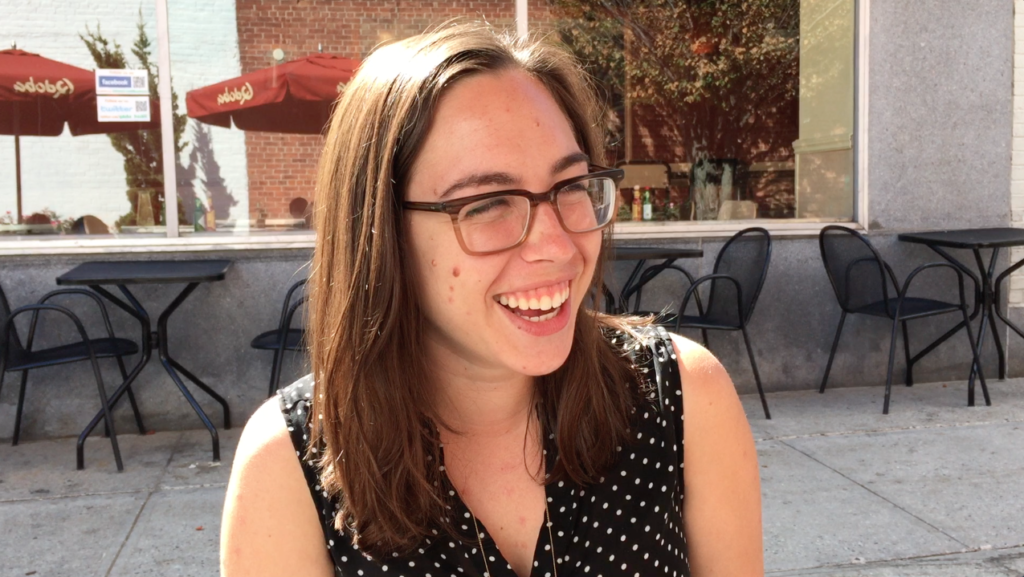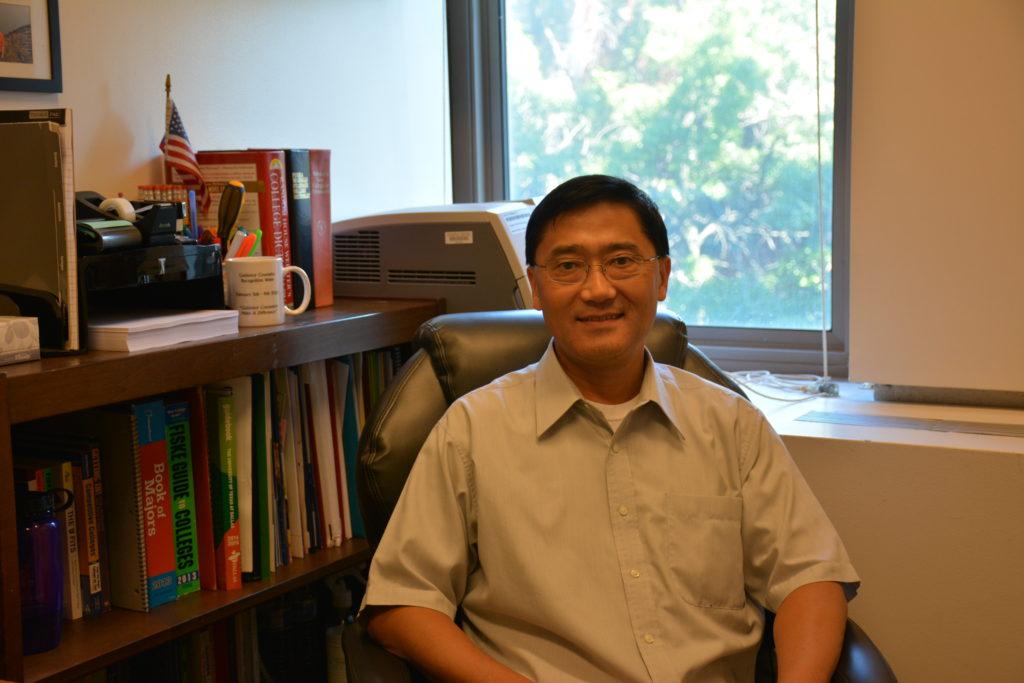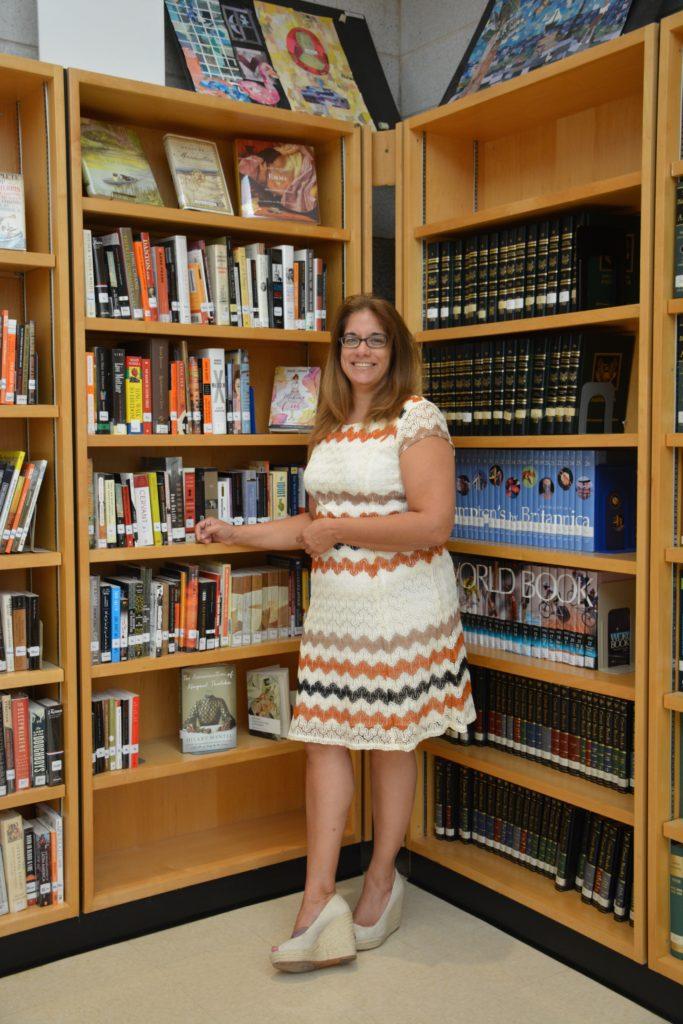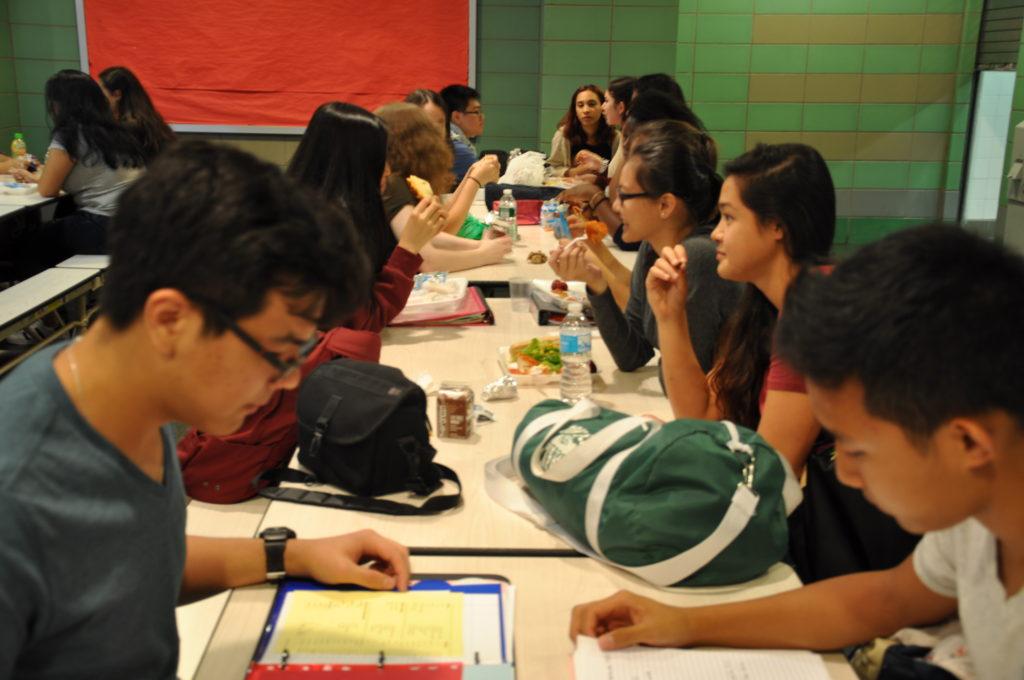
About fifty Townsend Harris students gathered to protest the deaths of Eric Garner and Michael Brown. They walked together after school towards the 107th police precinct, demanding reform.
The protest branched off from “11 Days of Action,” organized by #ThisStopsToday, a collaboration of organizations that are leading an effort for police reform. The protest began with a march originating from Melbourne Avenue. Students joined together chanting “hands up, don’t shoot” and “black lives matter.” Many held posters with signs reading: “No Justice, No Peace” and “They Let The Guilty Go Free.” As the march progressed, the chants grew louder and drew the attention of the police. An NYPD van trailed the protest to ensure that it remained peaceful and residents from the surrounding community even stepped out to join.
English teacher Robert Babstock walked alongside the march, observing the protest from a distance. He said, “I’m just here to be a witness to democracy.”
The march ended at the 107th police precinct where the protesters listened to each other express their opinions on the current system. Students then conducted a sit-in for seven minutes and gathered in a circle, linking arms. They stepped into the center of the circle and gave speeches discussing the purpose of their march.
The protest was organized by senior Karen Su and junior Jensine Raihan, and news of it circulated around school via a Facebook event.
Jensine explained why she started the protest, saying, “We can intellectually and powerfully condemn the dehumanization of vulnerable communities by governmental officials while at the same time being productive and not relenting to the same violent methods a lot of police officers often do.”
Sophomore Genova Brown, who participated in the protest, agreed, saying, “This nation was founded on one principle above all else: the requirement that we stand up for what we believe, no matter the odds or the consequences.”
In regards to the overall success of the protest, Jensine believes, “This was an active vocalization of how even young students see the horrible injustices of a system that is responsible [for] protecting us.” She went on to say that, “This action also demonstrated how empowering it is to go out into the streets and stand for justice.”
However, some were concerned about the possible dangers of participating in the protest.
“The organization was a little bit unclear,” said Social Studies teacher Aliza Sherman. “When a school official organizes something there’s always safety in mind, chaperones in mind. This seemed like something they were telling their friends about and other schools being invited, and I was concerned because we didn’t really know who was going to be there or how many adults there were to watch over our students. Even though our students are really earnest and they have the best of intentions, I don’t know that every person showing up there has the best of intentions.”
Senior Advisor Maria Assante was also concerned about students’ safety.
“Where you were having the sit-in, where you were going to be laying down: is it an area where somebody would hurt you? And you know there have been a lot of protests and some people who aren’t protesting are getting kind of testy, and I’m afraid they might lash out at the kids who are protesting. That was my biggest fear,” she said.
Outside of THHS, many began to question the goals of the citywide protests when two officers, Rafael Ramos and Wenjian Liu from Brooklyn’s 84th Precinct, were shot as “revenge” for police brutality by Ismaaiyl Abdullah Brinsley in late December (after the THHS protest). As Mayor Bill de Blasio spoke at the officers’ funerals, many law enforcement officials turned their backs on him in silent protest of his past remarks on police brutality, which they felt villified the department.
Ms. Sherman said, “I think it’s a little counterproductive for us to protest against the police precinct that is charged with protecting us, and if something were to go wrong either during the protest or afterwards, are we really then going to be able to call on these same individuals for help and expect them to respond?”
While the protesters felt confident in their actions, other students felt they were “pretty pointless.” Junior Max Lacoma felt that students need to understand that “a police officer doesn’t wake up in the morning thinking that they’re going to kill someone that day.” He felt that the march placed a bad stigma on officers everywhere. He said, “Many protests and marches are just fostering the idea that police are evil beings who go out of their way to murder, which is not true.”
Junior Thasfia Chowdhury said, “We are not attacking the police, we are speaking out against the racist police and the racism that is unfortunately part of our justice system. This is our way of advocating for what we believe to be right, and it is our first amendment right to protest peacefully.”
“We do support the NYPD,” said Karen. “We do support the system that protects us— not the system that we live in fear of; that is something that we want to make clear. ”






























